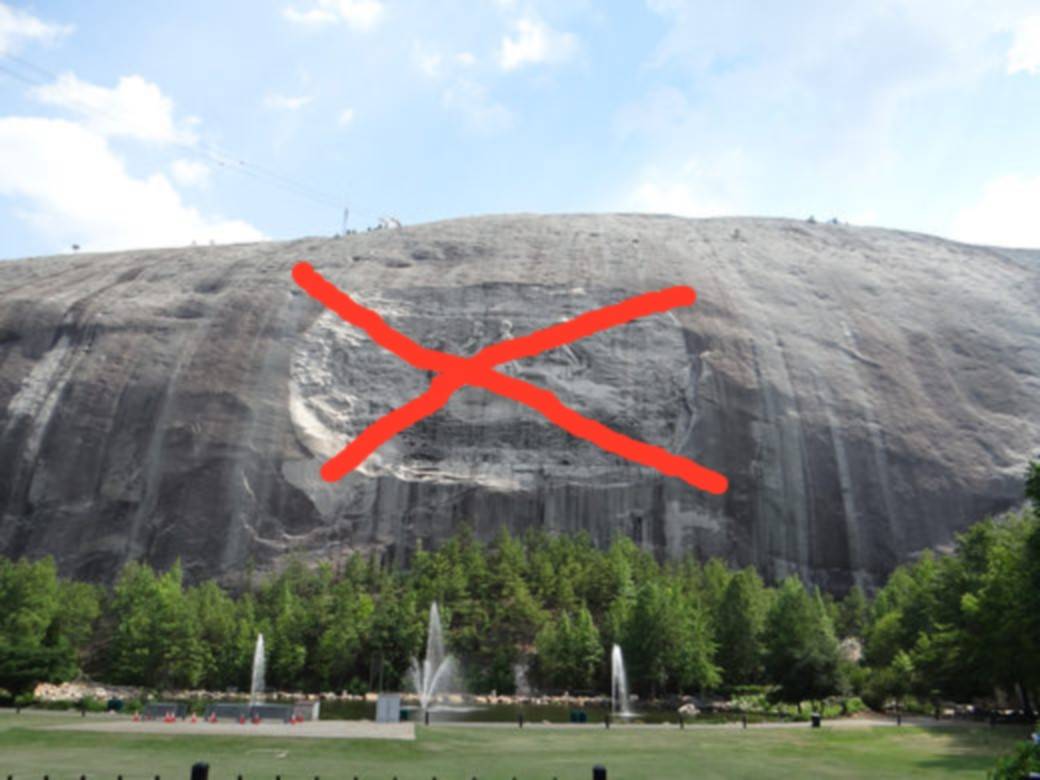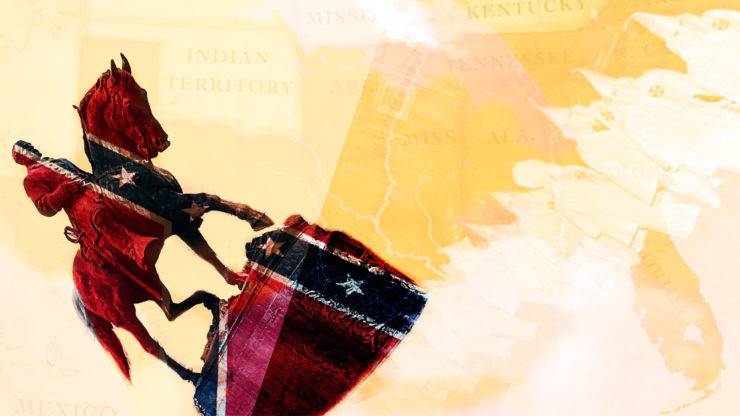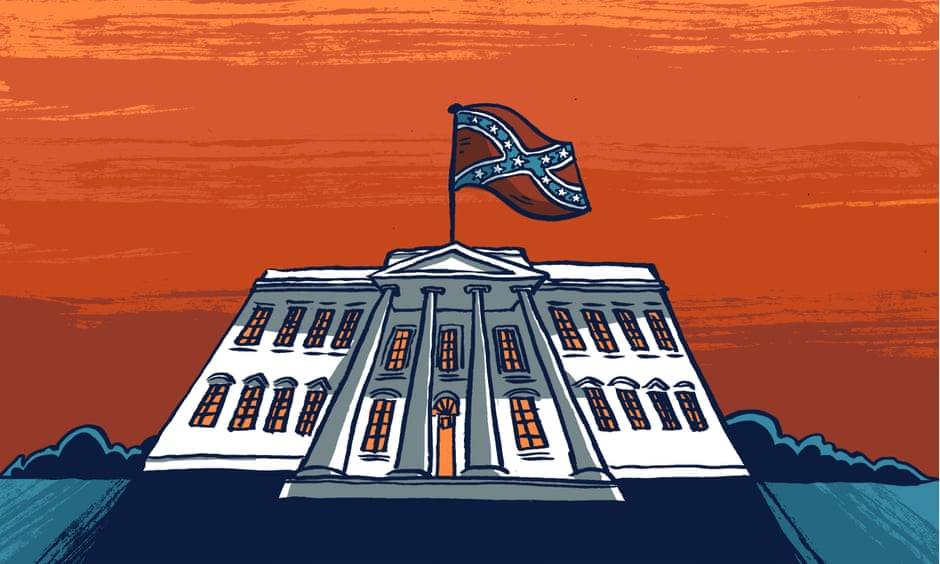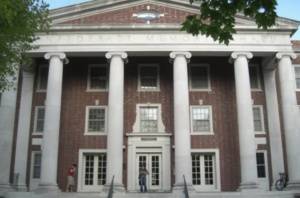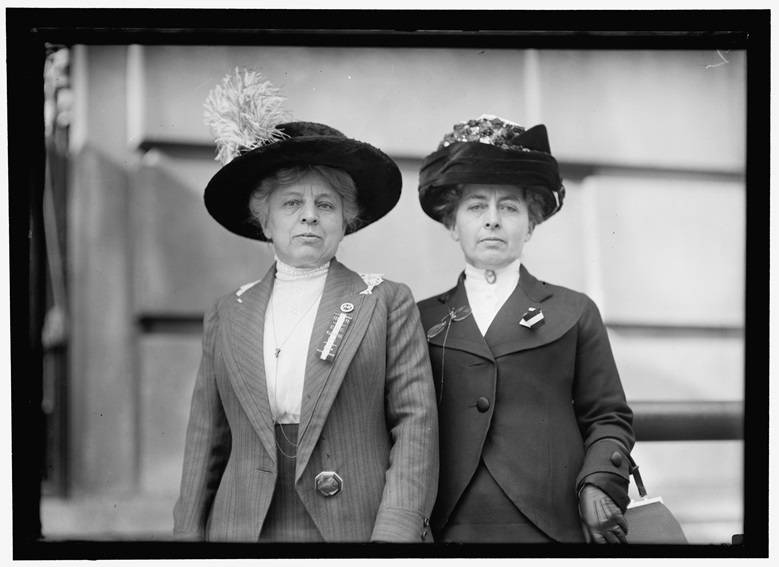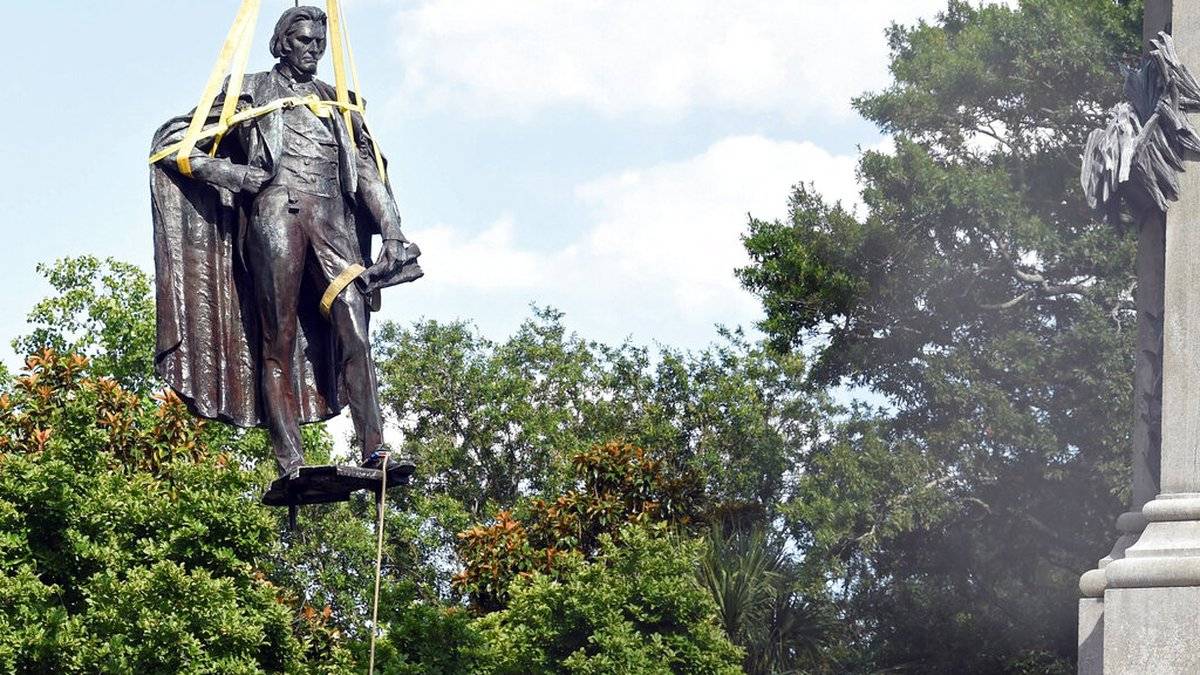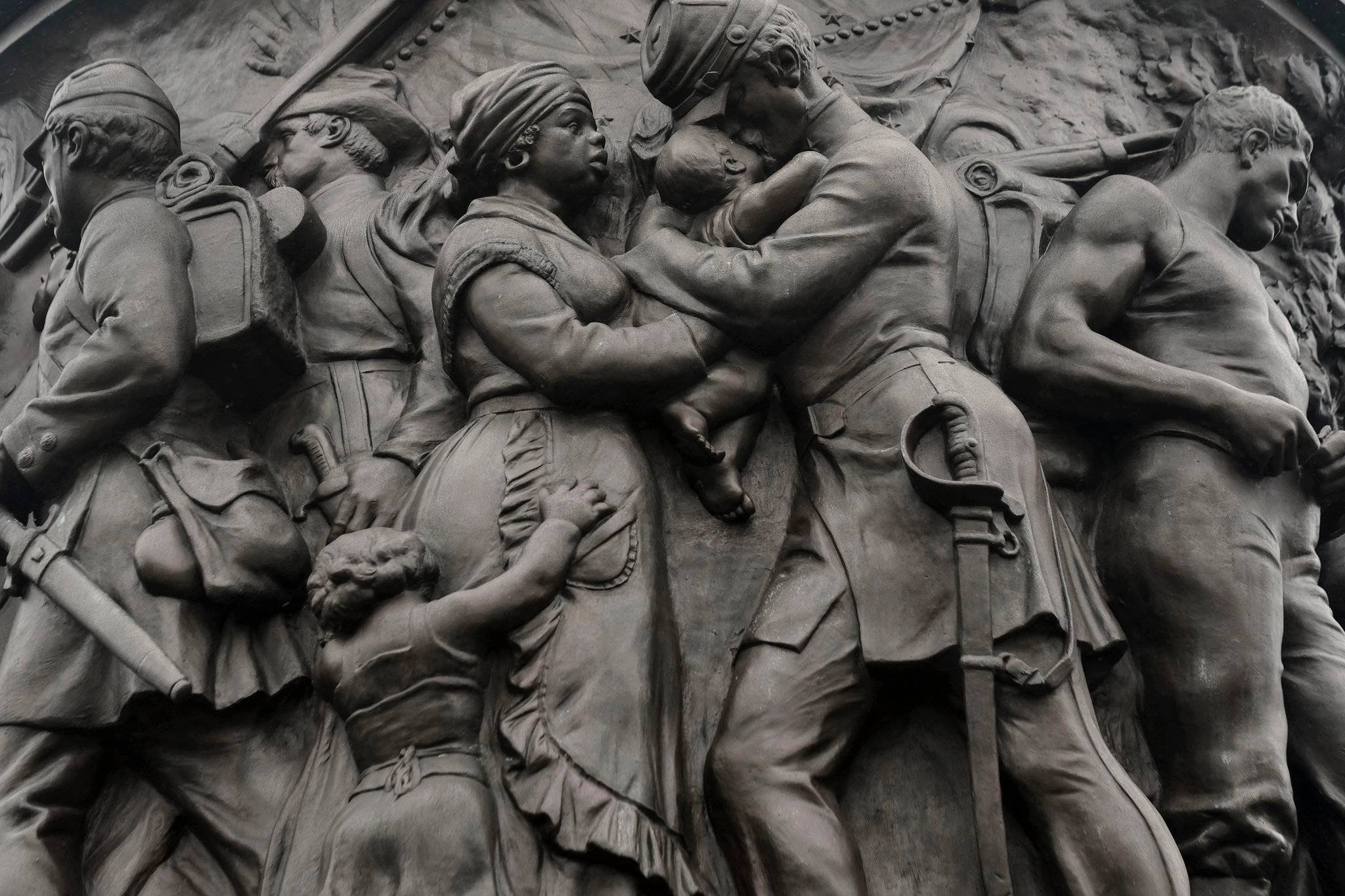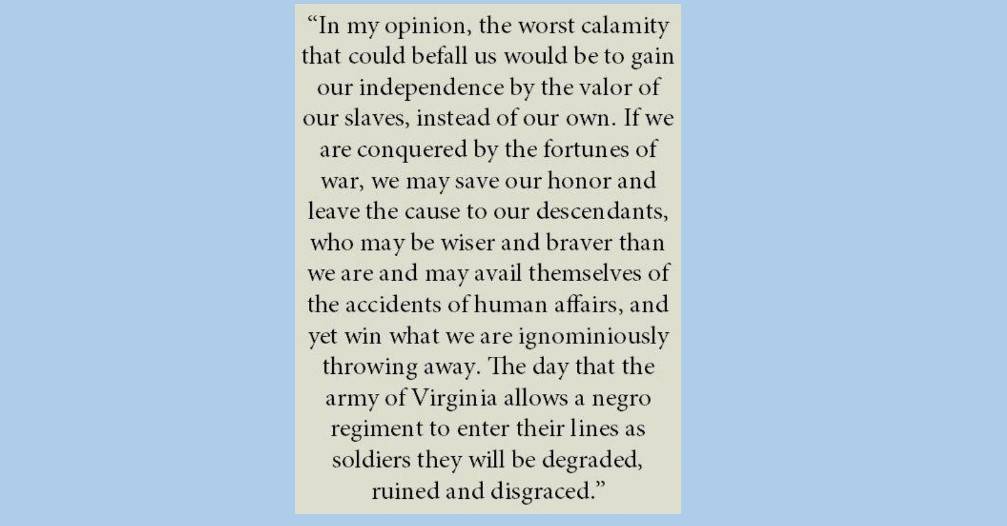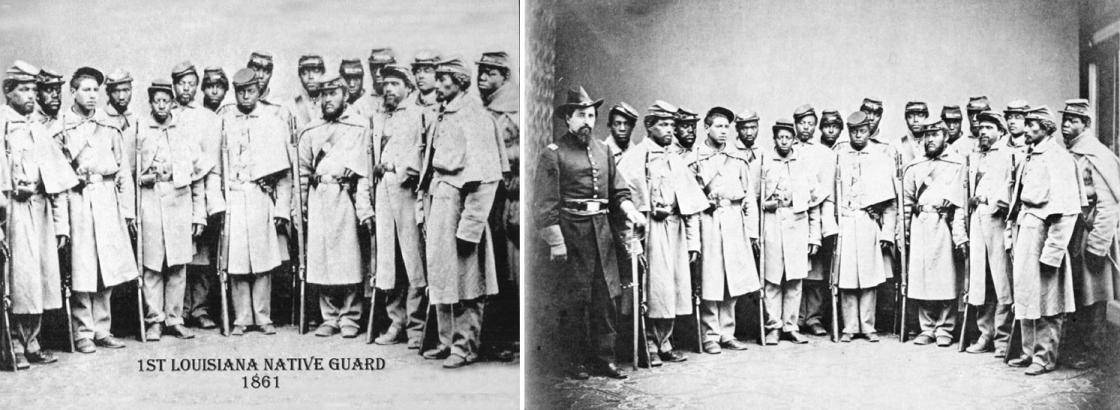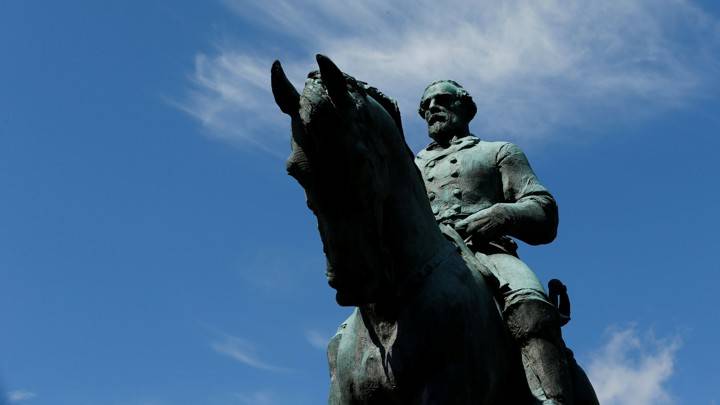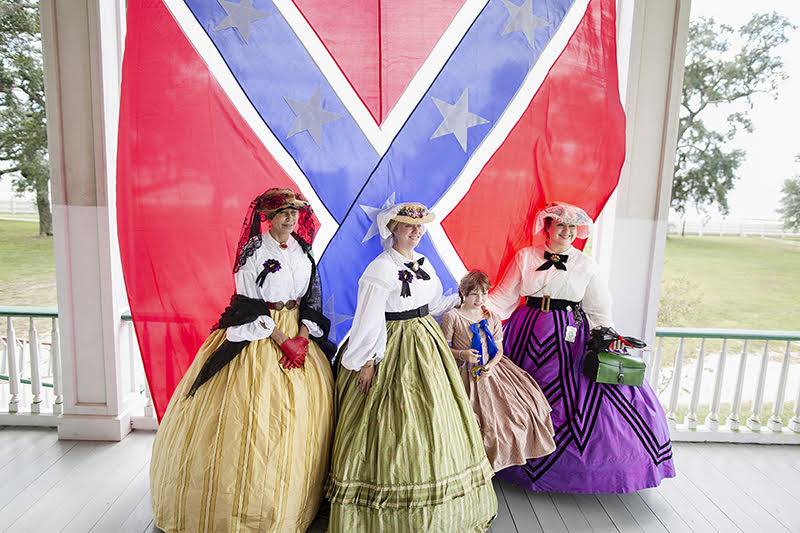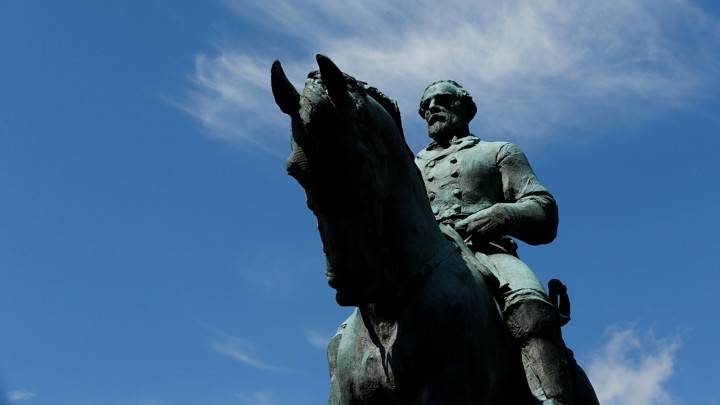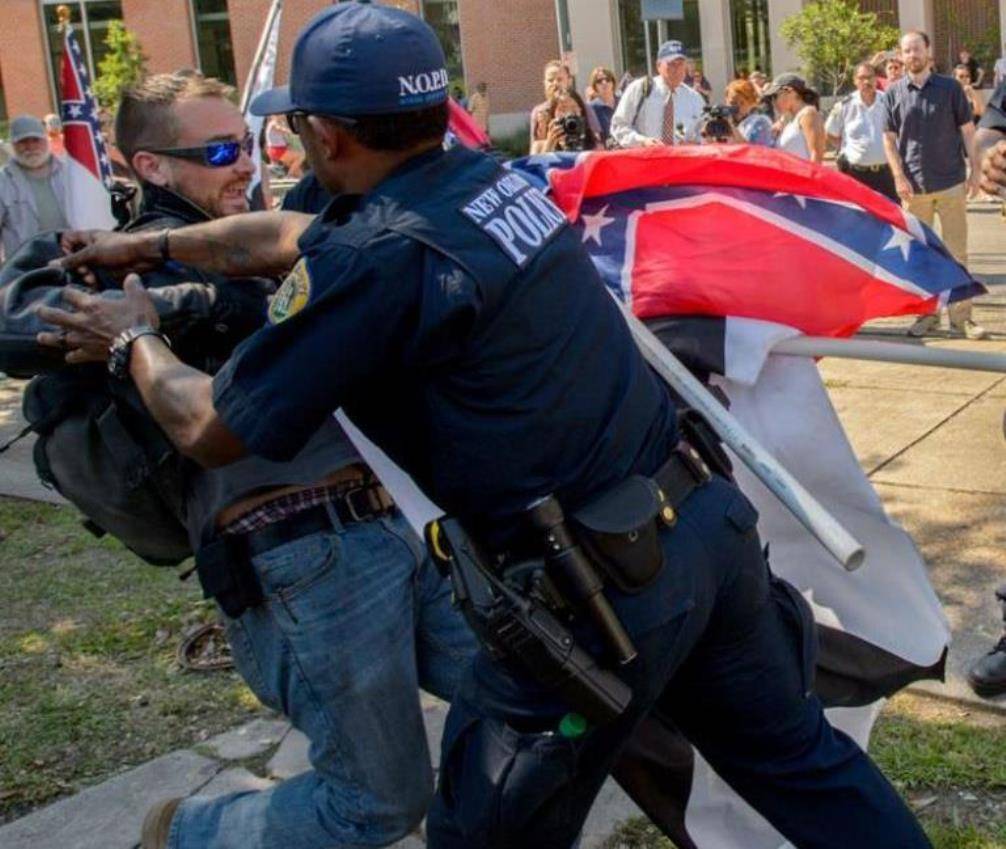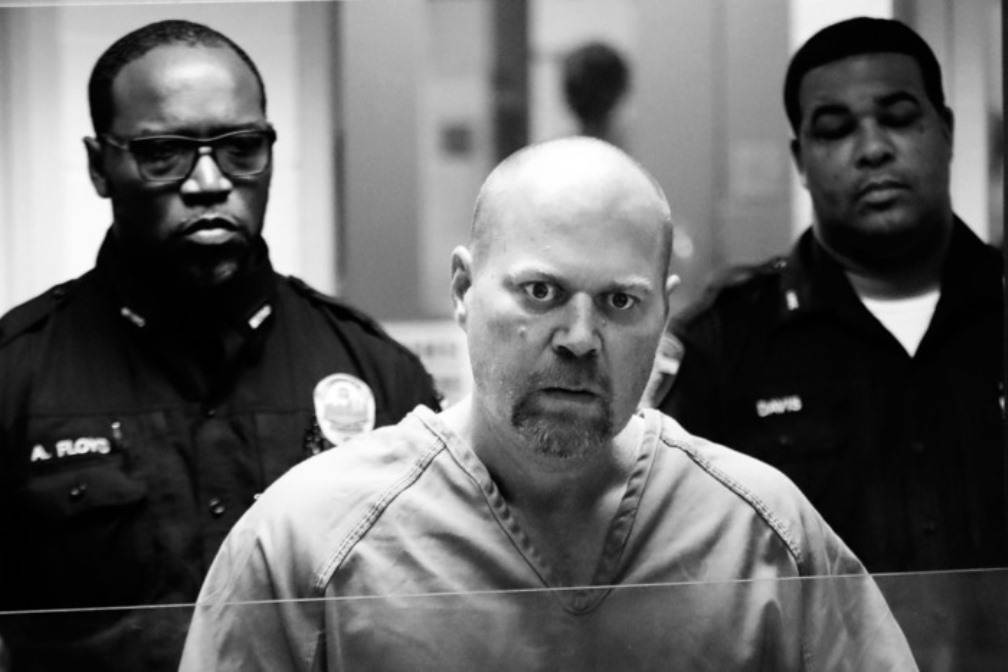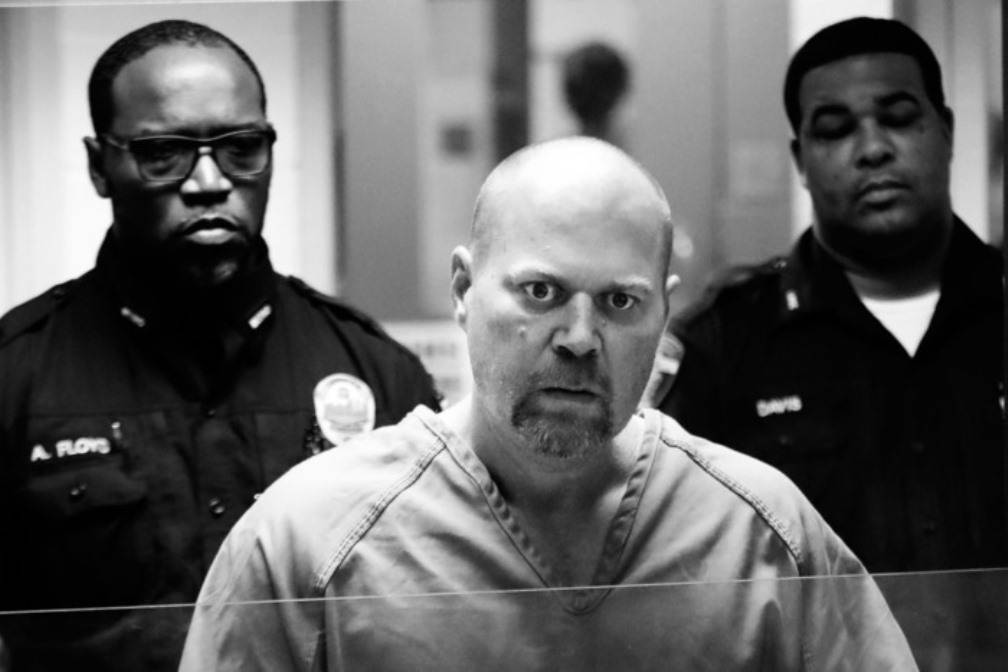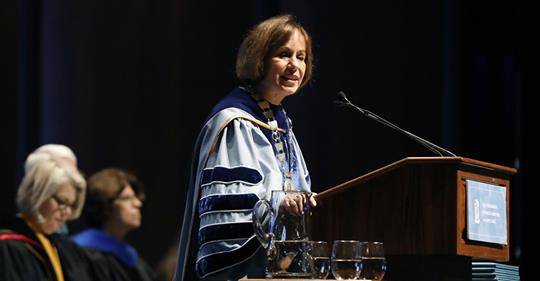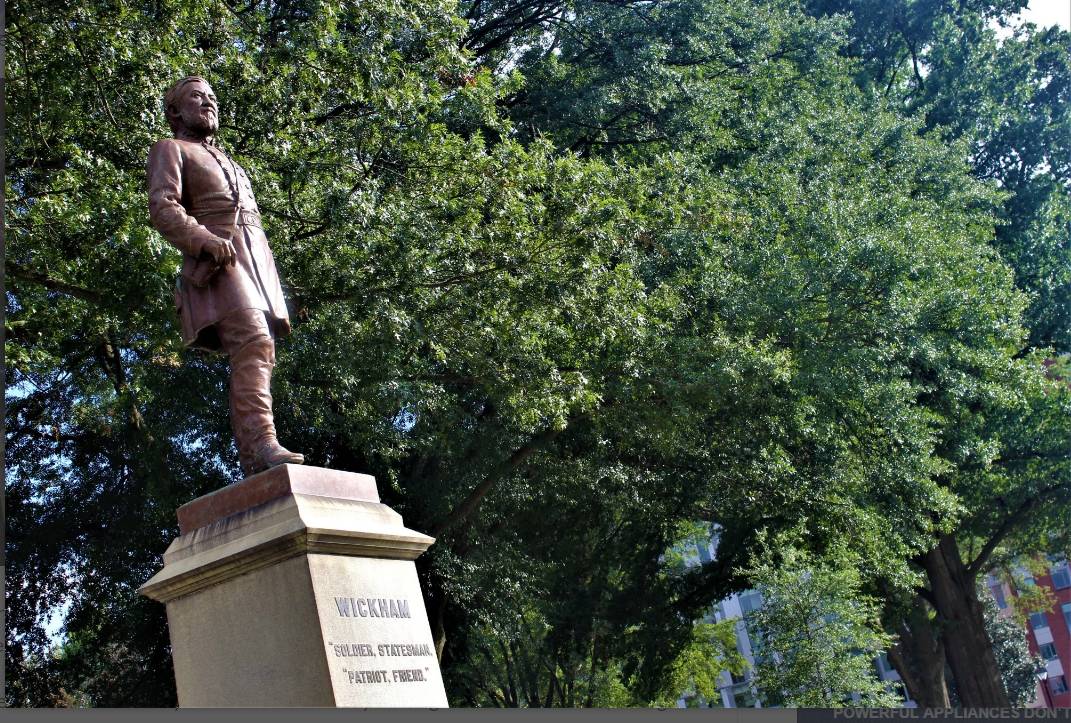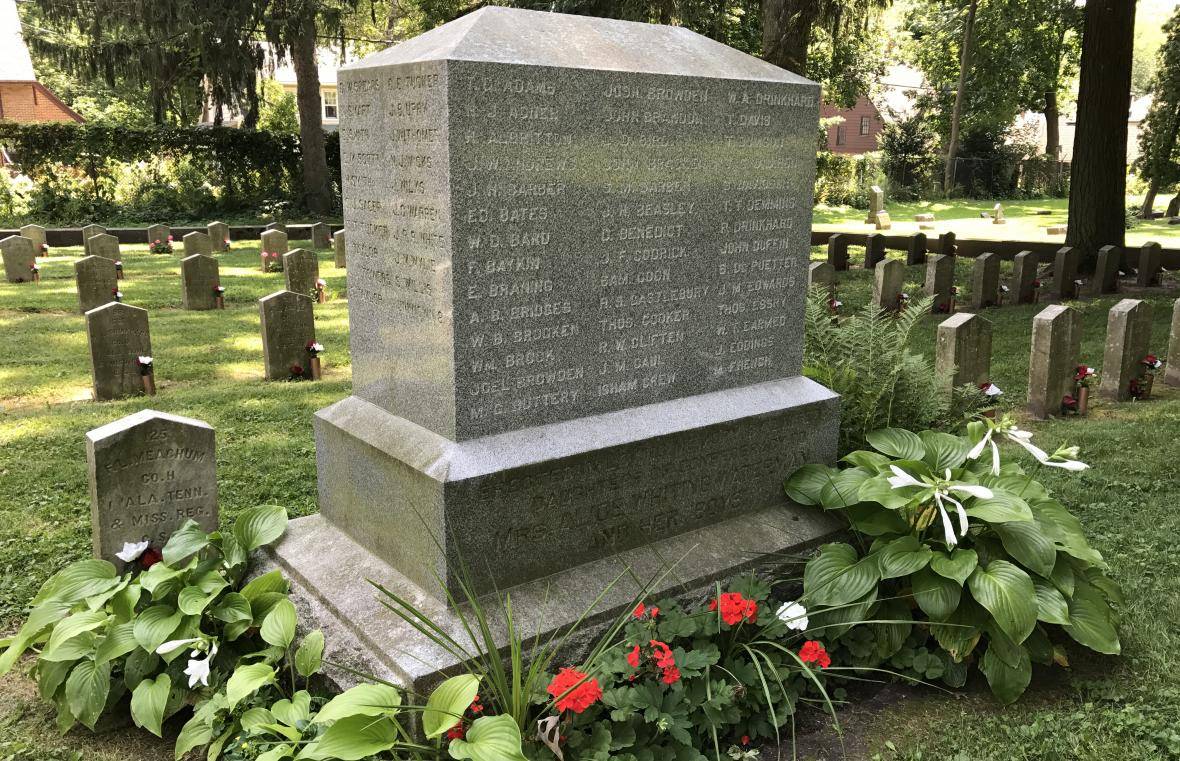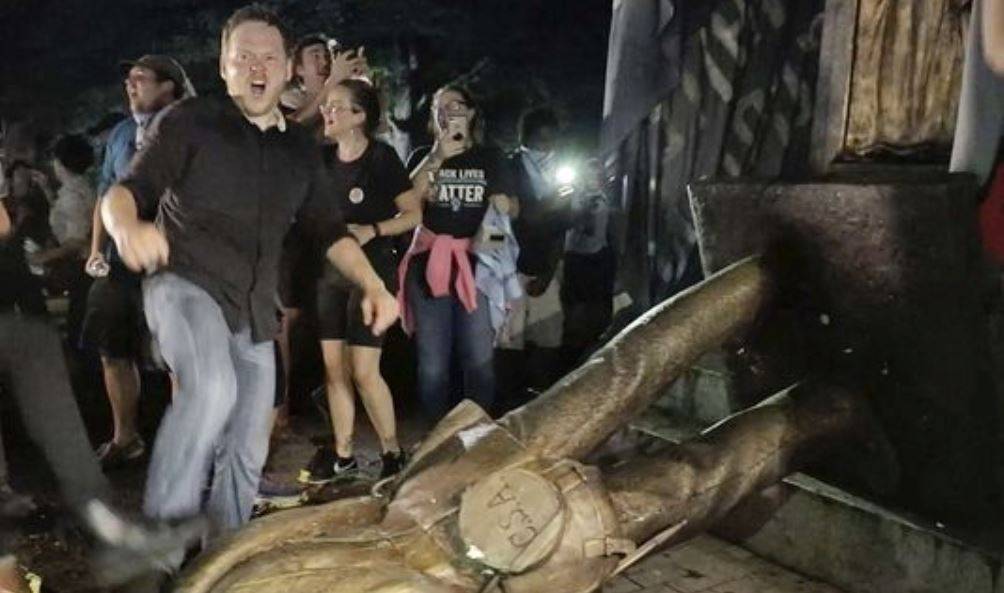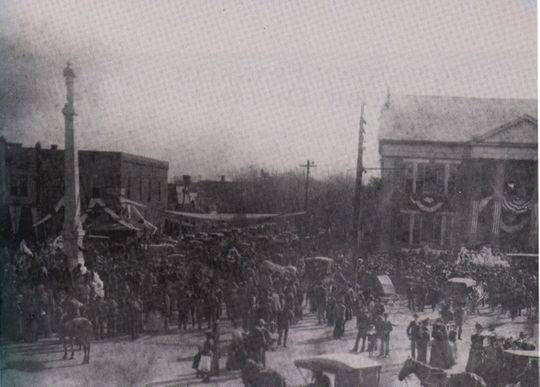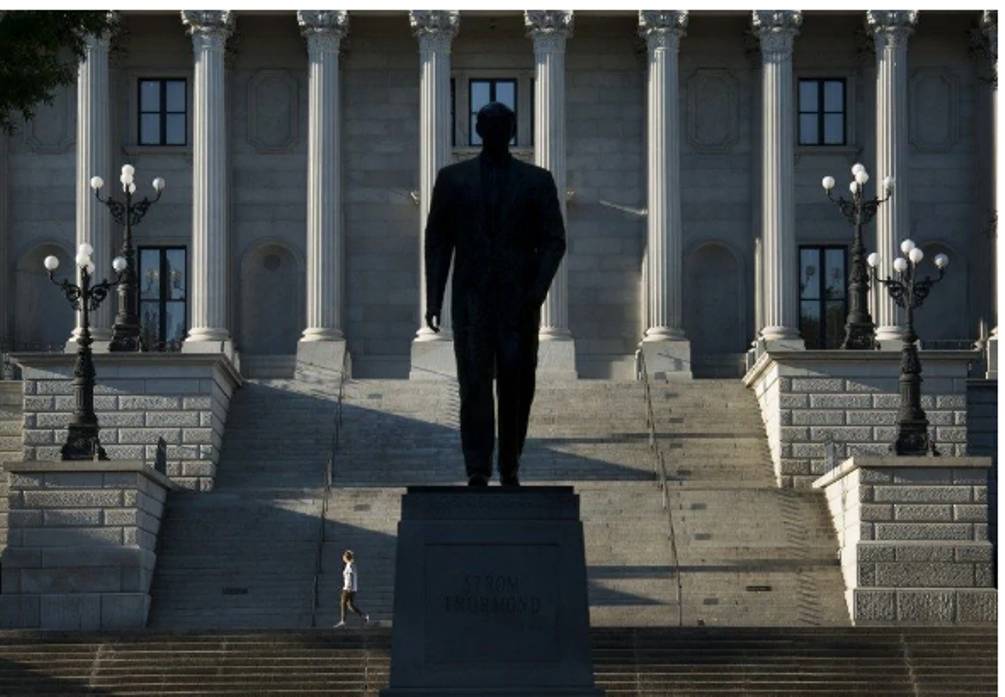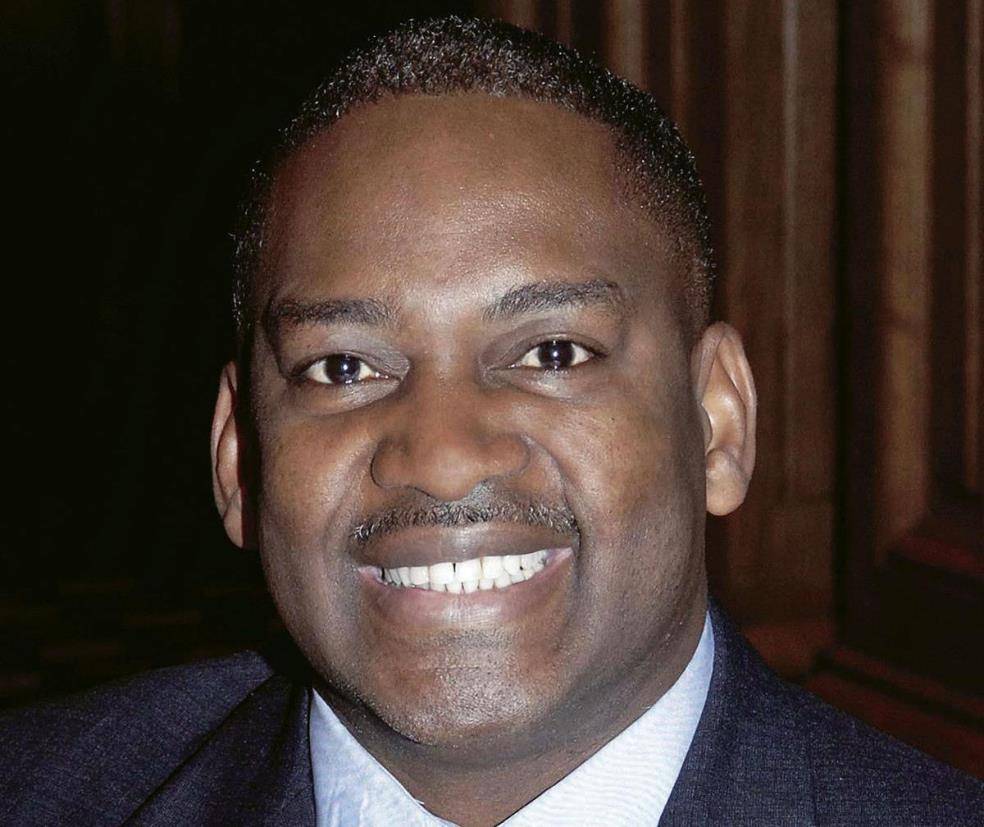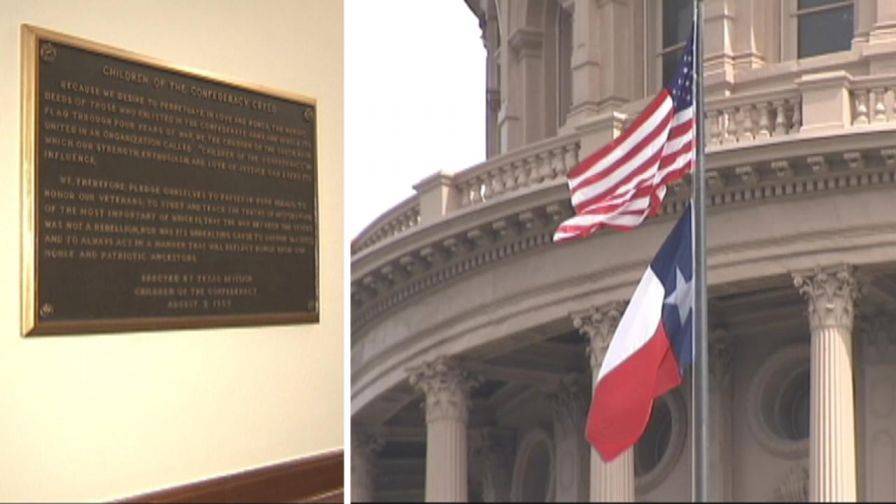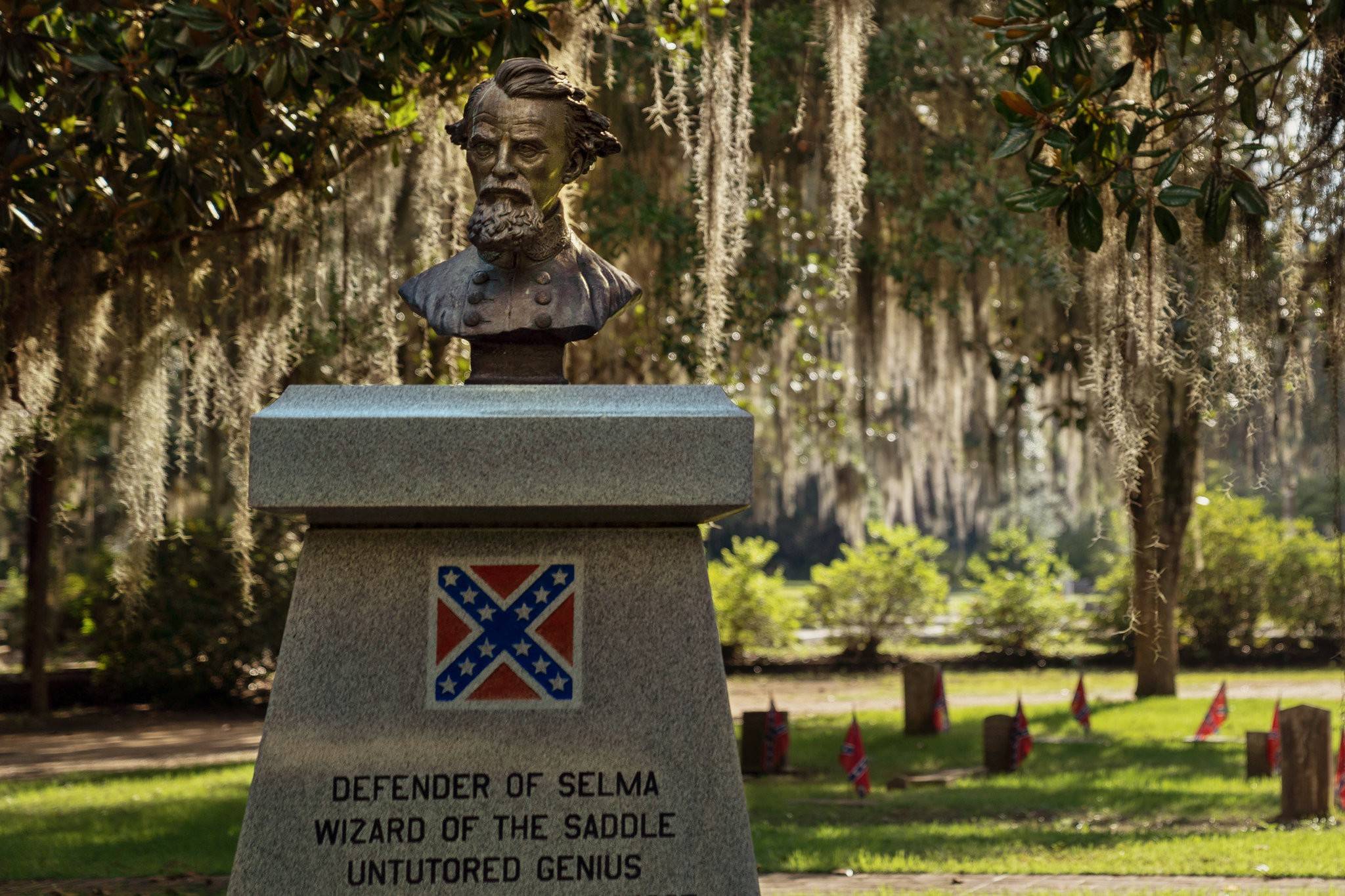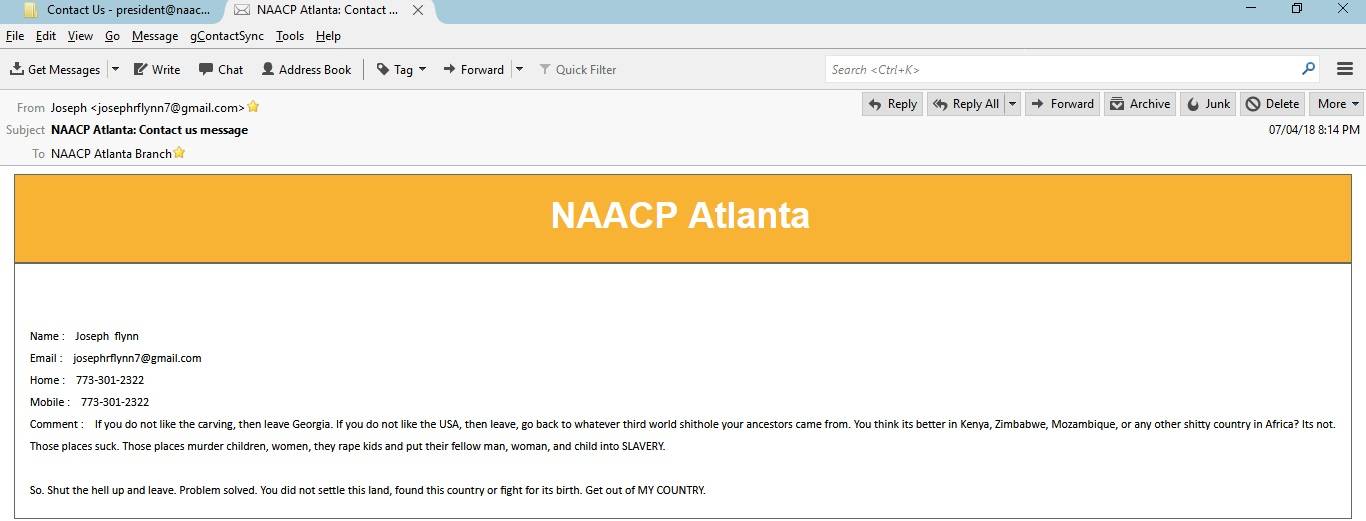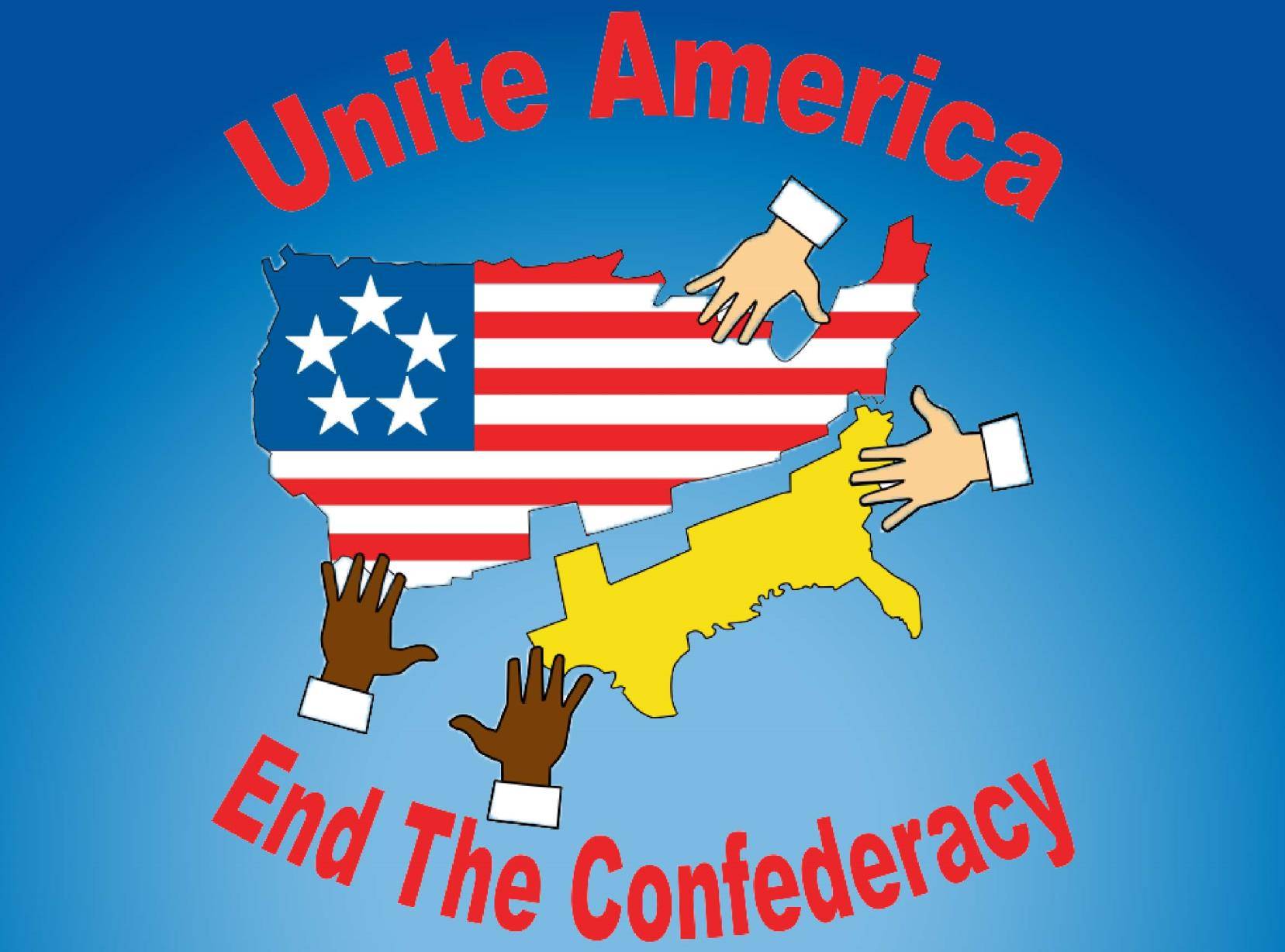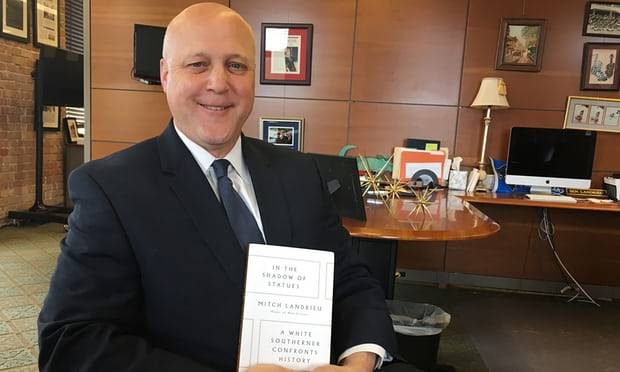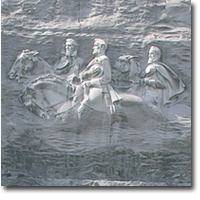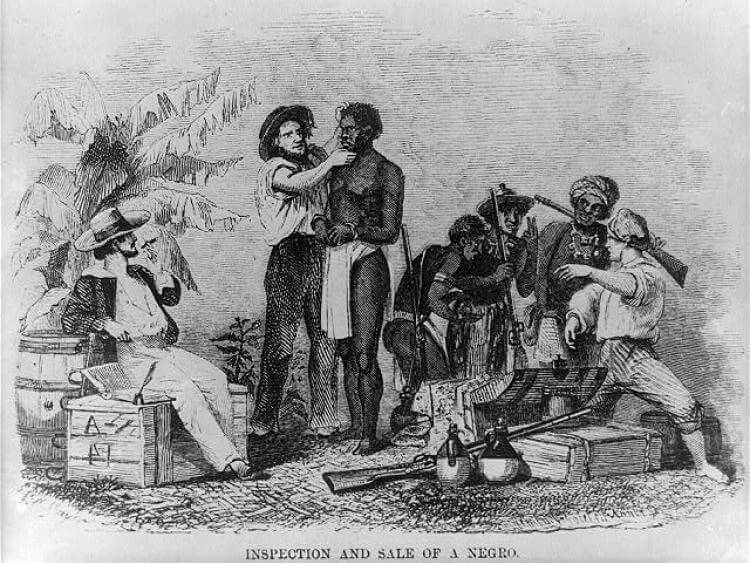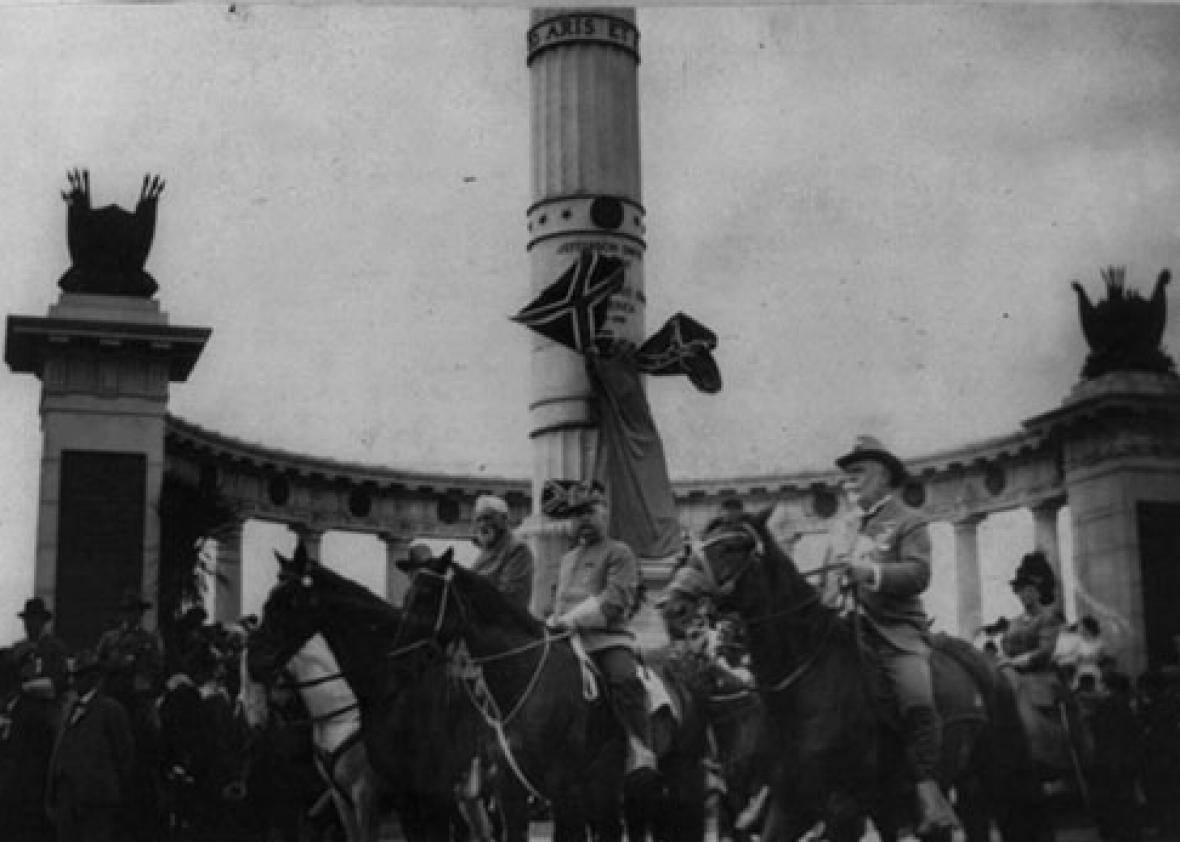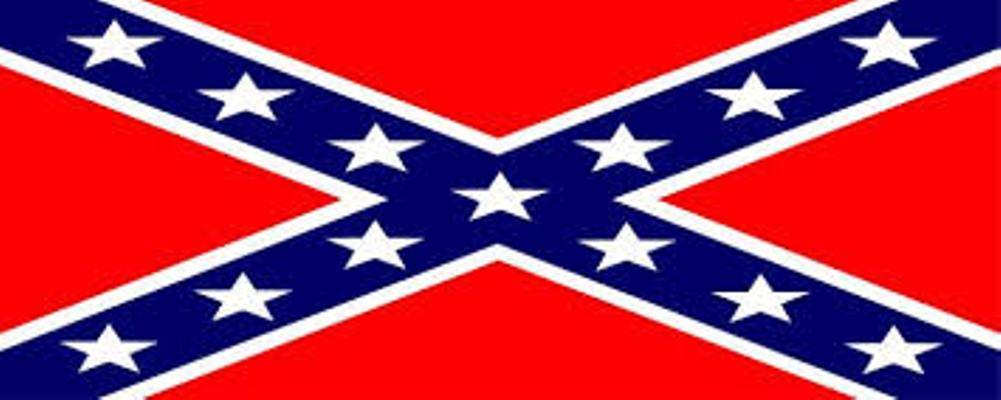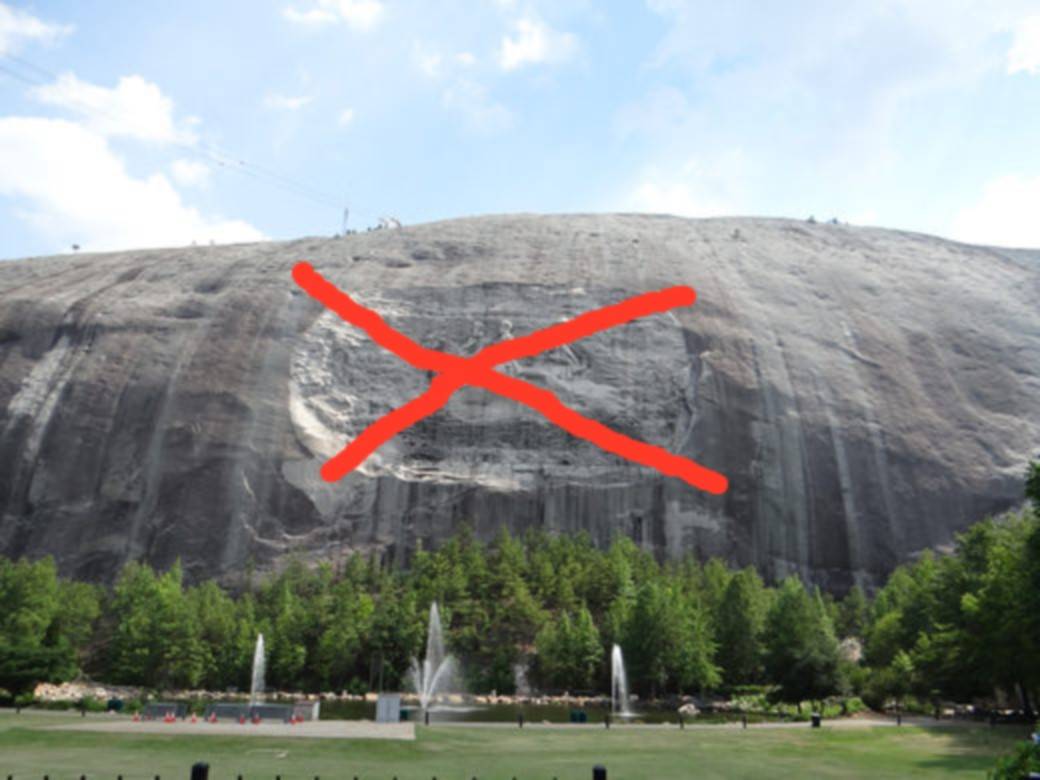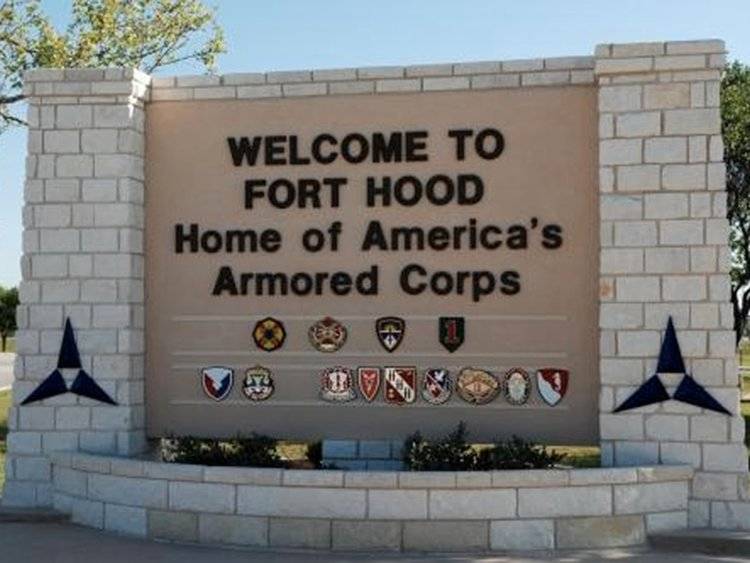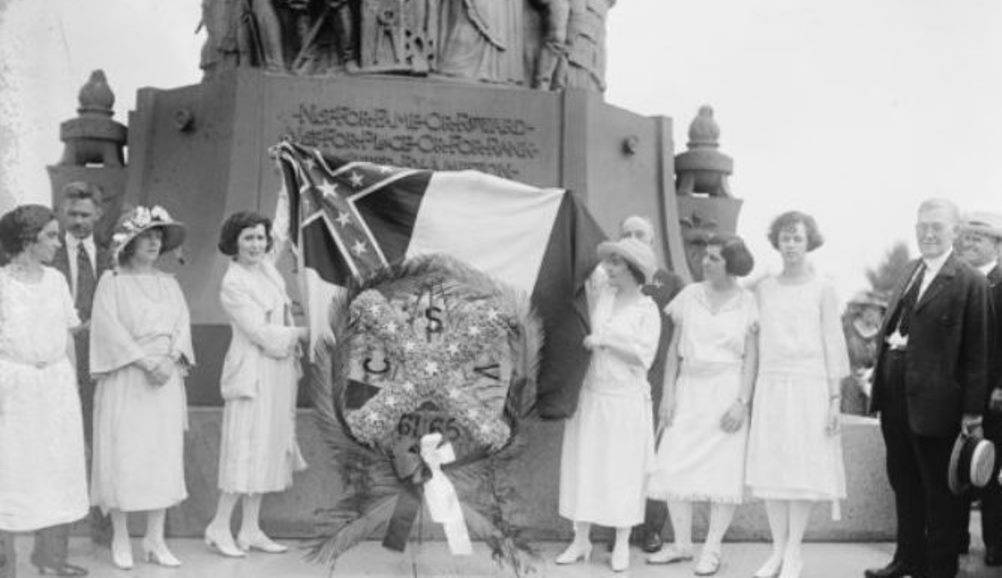
It’s helpful, in the midst of any conversation about this country’s Confederate monuments, to understand who put these things up, which also offers a clue as to why. In large part, the answer to the first question is the United Daughters of the Confederacy, a white Southern women’s “heritage” group founded in 1894. Starting 30 years after the Civil War, as historian Karen Cox notes in her 2003 book “Dixie’s Daughters,” “UDC members aspired to transform military defeat into a political and cultural victory, where states’ rights and white supremacy remained intact.” In other words, when the Civil War gave them lemons, the UDC made lemonade. Horribly bitter, super racist lemonade.
Though the UDC didn’t invent the Lost Cause ideology, they were deeply involved in spreading the myth, which simultaneously contends the Confederacy wasn’t fighting to keep black people enslaved while also suggesting slavery was pretty good for everyone involved. Lost Causers — plenty of whom exist today, their sheer numbers a reflection of the UDC’s effectiveness — argue that Confederate monuments are just innocent statues; that taking them down erases history; that we cannot retroactively apply today’s ideas about the morality of slavery to the past. The response to those ridiculous cop-outs is that Confederate monuments honor and glorify people who fought to maintain black chattel slavery; that they were erected for the explicit purpose of obfuscating history; and that the immorality of slavery was always understood by the enslaved. Excuses, excuses: get better at them.
“In their earliest days, the United Daughters of the Confederacy definitely did some good work on behalf of veterans and in their communities,” says Heidi Christensen, former president of the Seattle, Washington, chapter of the UDC, who left the organization in 2012. “But it’s also true that since the UDC was founded in 1894, it has maintained a covert connection with the Ku Klux Klan. In fact, in many ways, the group was the de facto women’s auxiliary of the KKK at the turn of the century. It’s a connection the group downplays now, but evidence of it is easily discoverable — you don’t even have to look very hard to find it.”
In 2017, after the white nationalist Unite the Right rally in Charlottesville, UDC President Patricia M. Bryson posted an open letter claiming the UDC’s members “have spent 123 years honoring [Confederate soldiers] by various activities in the fields of education, history and charity, promoting patriotism and good citizenship,” and that members, “like our statues, have stayed quietly in the background, never engaging in public controversy.” But that isn’t true, not by a stretch. The UDC’s monuments, books, education and political agenda have always spoken loudly—in absolutely deafening shouts — on issues from anti-black racism to the historical memory of the Civil War across the South. Today, a shameful number of Americans don’t think slavery was the primary cause of the Civil War—even though the seceding states literally spelled this out in document form — in part because of the UDC’s campaign of misinformation. The most minor of gains made by blacks during the Reconstruction were obliterated nearly as soon as they were obtained, and the UDC backed that disenfranchisement full stop. Even the current UDC has mostly steadfastly refused — with rare exceptions — to take down Confederate monuments. They know the power of those symbols, both politically and socially, and they aren’t giving an inch, if they can help it.
The UDC have had a huge impact on this country, and to pretend they’ve stood “quietly in the background” would be laughable if it weren’t so insulting. The UDC both trained and became the white women of 1950s massive resistance, who author Elizabeth Gillespie McRae writes did “the daily work on multiple levels . . . needed to sustain racial segregation and to shape resistance to racial equality.” They set a precedent for a huge swath of today’s white women voters whose main political agenda is white supremacy — women who in a 2017 Alabama Senate race backed the alleged pedophile who wistfully longed for slavery and supported the presidency of a man who brags about grabbing women’s genitals when he’s not shouting his racism from the rafters. They have contributed to the construction of a “white womanhood” that has historically been and currently remains incredibly problematic, rendering “white feminism” eternally suspect. With their impact considered, and signs of their handiwork all over society — even carved indelibly into mountain sides — it seems worth understanding a few things about the UDC both then and now. Here are seven things you should know about the United Daughters of the Confederacy.
1. They published a very pro-KKK book. For children.
In 1914, the in-house historian of the UDC Mississippi chapter, Laura Martin Rose, published “The Ku Klux Klan, or Invisible Empire.” It’s essentially a love letter to the original Klan for its handiwork in the field of domestic terror in the years following the Civil War, when blacks achieved a modicum of political power.
“[D]uring the Reconstruction period, sturdy white men of the South, against all odds, maintained white supremacy and secured Caucasian civilization, when its very foundations were threatened within and without,” Rose writes.
She goes on to provide a look at the roots of racist anti-black stereotypes and language in this country, a lot of which is still recognizable in modern right-wing rhetoric. For example, she accuses black people of laziness — and wanting a handout — for refusing to keep working for free for white enslavers, and instead trying to find fortune where the jobs were: “Many negroes conceived the idea that freedom meant cessation from labor, so they left the fields, crowding into the cities and towns, expecting to be fed by the United States Government.”
In one section, with pretty overt delight, Rose highlights the methods the KKK used to terrify black people, including posting notes around towns with the “picture of a figure dangling from the limb of a tree,” and exalts the KKK’s lawless, murderous violence:
“In the courts of this invisible, silent, and mighty government, there were no hung juries, no laws delayed, no reversals, on senseless technicalities by any Supreme Court, because from its Court there was no appeal, and punishment was sure and swift, because there was no executive to pardon. After the negro had surrendered to the Ku Klux Klan, which he did by obeying their orders to the very letter, — for they feared that organization more than the devil and the dark regions, — the Invisible Empire vanished in a night, and has been seen no more by mortal man on this earth.
To be clear, Rose is here gushing about vast extrajudicial violence committed by the KKK against black people. In 1870, a federal grand jury labeled the KKK a “terrorist organization.” In 1871, a congressional committee was convened specifically to address the issue of Klan violence, and the report based on testimony from those hearings estimated “20,000 to as many as 50,000 people, mostly black, died in violence between 1866 and 1872.”
“This book was unanimously endorsed by the United Daughters of the Confederacy” at its general convention in November 1913, Rose notes, and the group “pledged to endeavor to secure its adoption as a supplementary reader in the schools and to place it in the libraries of our land.”
2. Actually, they published at least two very pro-KKK books…
…and probably many more. Another UDC ode to the KKK was written by Annie Cooper Burton, then-president of the Los Angeles chapter of the UDC, and published in 1916. Titled “The Ku Klux Klan,” much like Rose’s aforementioned book, it argues that the Klan has gotten a bad rap just because they terrorized and intimidated black people, not infrequently assaulting and raping black women, murdering black citizens, and burning down black townships. For these reasons, she suggests, the UDC should do even more to show reverence to the Klan:
“Every clubhouse of the United Daughters of the Confederacy should have a memorial tablet dedicated to the Ku Klux Klan; that would be a monument not to one man, but to five hundred and fifty thousand men, to whom all Southerners owe a debt of gratitude.”
By “all Southerners,” Burton clearly means “only white people,” which is also what she means whenever she uses the word “people.”
3. They built a monument to the KKK.
The UDC was busiest during the 1910s and 1920s, two decades during which the group erected hundreds of Confederate monuments that made tangible the racial terror of Jim Crow. This, apparently, the group still considered insufficient to convey their message of white power and to reassert the threat of white violence. So in 1926, the UDC put up a monument to the KKK. In a piece for Facing South, writer Greg Huffman describes a record of the memorial in the UDC’s own 1941 book “North Carolina’s Confederate Monuments and Memorials:”
“IN COMMEMORATION OF THE ‘KU KLUX KLAN’ DURING THE RECONSTRUCTION PERIOD FOLLOWING THE ‘WAR BETWEEN THE STATES’ THIS MARKER IS PLACED ON THEIR ASSEMBLY GROUND. THE ORIGINAL BANNER (AS ABOVE) WAS MADE IN CABARRUS COUNTY.
“ERECTED BY THE DODSON-RAMSEUR CHAPTER OF THE UNITED DAUGHTERS OF THE CONFEDERACY. 1926”
4. Their most intense efforts focused on the “education” of white children.
Historian Karen Cox, author of 2003’s “Dixie’s Daughters,” has written that the UDC’s biggest goal was to indoctrinate white Southern children in the Lost Cause, thus creating “living monuments.
“They had a multi-pronged approach to doing that,” Cox told me. “It involved going into schools and putting up battle flags and portraits of generals. It meant getting schools renamed for famous Confederates. It was creating the Children of the Confederacy, which was their formal youth auxiliary, so that the UDC could draw membership from the group when they became adults…Children were always involved in the unveiling of monuments. They would select one child to pull the cord, and then there’d be cheers when the monument was unveiled. Children in the stands would form what they called a ‘living battle flag.’ Then they sang Southern patriotic songs.
Cox has also written about the Confederate catechism, a call-and-response style drill written by a UDC “historian” that posed as a history lesson:
“‘What causes led to the War Between the States, between 1861 and 1865?’ was a typical question. ‘The disregard, on the part of the states of the North, for the rights of the Southern or slaveholding states’ was the answer. ‘What were these rights?’ The answer . . . was ‘the right to regulate their own affairs and to hold slaves as property.’”
AP reporter Allen Breed has noted that the wording of the catechism has been “tweaked over the years,” but the version displayed on the UDC website as recently as August 2018 included this line: “Slaves, for the most part, were faithful and devoted. Most slaves were usually ready and willing to serve their masters.”
5. They’re big fans of black chattel slavery from way back.
The UDC were perhaps the most efficient agents making the ahistorical Lost Cause myth go viral. They did this through a number of methods, the most visually apparent being the 700 monuments exalting people who fought for black chattel slavery that still stand. But also, in the rare cases the UDC has “honored” black people with statuary and monuments, it has been in the form of “loyal slave” markers — an actual subgenre of Confederate monuments — which perpetuate the image of content enslaved blacks and benevolent white enslavers.
In 1923, the UDC tried to erect a monument in Washington, D.C., “in memory of the faithful slave mammies of the South.” The Senate signed off on it, but the idea never came to fruition.
More successful was the UDC’s effort at placing a monument in Harpers Ferry, West Virginia, that plays fast and loose with the biography of Haywood “Heyward” Shepherd (the UDC didn’t even bother to get his first name right), a free black man whom an inscription depicts as a “faithful negro” who chose slavery over freedom, as all “the best” blacks did.
The UDC was even given a place in Arlington National Cemetery for a Confederate monument that includes a weeping black “mammy” figure holding a white child and an enslaved black man marching alongside his enslaver into battle. The 1914 marker intentionally included the enslaved figure to propagate the idea that black people were willing, eager soldiers for the Confederacy — a suggestion that would mean the war couldn’t have been about slavery, which wasn’t so bad anyway. As historian Kevin Levin has documented at length, that lie has become a neo-Confederate talking point in a long list of other neo-Confederate lies.
6. They get tax breaks that help keep their workings financially solvent.
The UDC is a nonprofit. That means it’s a tax-exempt organization. That recent article about the UDC by AP reporter Allen Breed notes that the annual budget of Virginia, where the UDC is headquartered, “awards the state [division of the] UDC tens of thousands of dollars for the maintenance of Confederate graves — more than $1.6 million since 1996.”
7. They continue to exert political and social influence.
For the most part, the UDC has publicly kept pretty mum on the subject of Confederate monument removal, which has led some to conclude that the group is largely inactive, and even obsolete. Their numbers have dwindled since their heyday, but they remain tenacious about keeping Confederate monuments standing, thus continuing their cultural and political influence.
The UDC does this mostly through lawsuits. (The number of Confederate markers on courthouses has always shown the group’s keen interest in the power of the legal system.) When the San Antonio City Council voted in the weeks after the racist violence in Charlottesville to remove a Confederate monument from public property, the UDC filed suit against city officials. The Shreveport, Louisiana, chapter of the UDC has announced it will appeal a federal judge’s 2017 dismissal of the group’s lawsuit to keep up a Confederate monument at a local courthouse. The UDC threatened legal action against officials in Franklin, Tennessee, when city officials announced plans — not to take down a UDC monument to the Confederacy, but to add markers recognizing African-American historical figures to the park, which the UDC claims it owns. The city of Franklin, with pretty much no other option, responded by filing a lawsuit against the UDC.
And then there’s the case of the UDC vs. Vanderbilt University, in which the group’s Tennessee division filed suit after school administrators announced plans to remove the word “Confederate” from one of its dorms. A state appeals court ruled Vanderbilt could only implement the plan if it repaid $50,000 the UDC had contributed to the building’s construction in 1933 — adjusted to 2016 dollars. Vanderbilt opted to pay $1.2 million to the UDC rather than keep “Confederate” in the dorm name, which it raised from anonymous donors who contributed to a fund explicitly dedicated to the cause.
Kali Holloway is a senior writing fellow and the senior director of Make It Right, a project of the Independent Media Institute.

